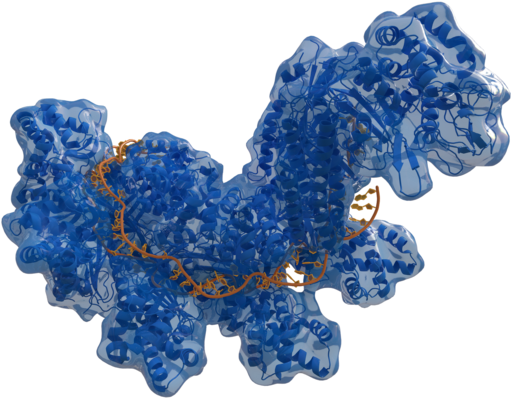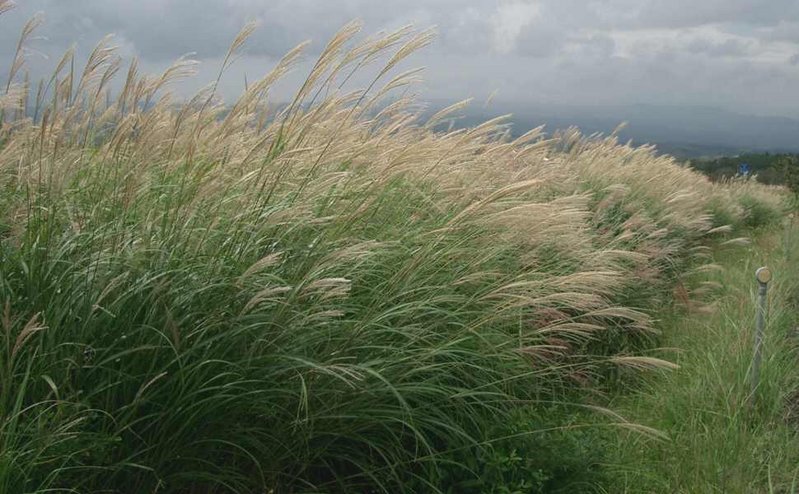CRISPR/Cas-9 is the most precise gene editing tool. It is a specific, efficient and versatile gene-editing technology used to modify, delete or correct precise regions in our DNA.
New research shows that for the first time, researchers have successfully demonstrated precision gene editing in miscanthus. Miscanthus is a promising crop for sustainable bioenergy production due to its high yield and superior environmental adaptability.
A study was done by the Center for Advanced Bioenergy and Bioproducts Innovation (CABBI), a Bioenergy Research Center (BRC) funded by the U. S. Department of Energy. In this study they edited the genomes of three miscanthus species using CRISPR/Cas9.
In this study researchers demonstrated gene-editing in three species of miscanthus: Miscanthus x giganteus, M. sacchariflorus, and M. sinensis. These plants are paleo-polyploids which refer to ancient genome duplications which occurred at least several million years ago. Since these plants are paleo-polyploids the design of the RNAs that locate genetic material for editing needed to target all copies of a gene.
The researchers used the information from what they know about miscanthus and identified RNAs that could target homoeologs, or duplicated gene copies, of the phenotypes in miscanthus plant tissue. To identify miscanthus lines that transformed well, the researchers screened germplasm from commercial vendors and others that help research the study.
Prior to this study, the bioengineering work was limited to sorghum and cane because the methods for precise engineering in miscanthus had not been developed.
This relates to AP biology because CRISPR/Cas 9 technology allows scientists to edit genes and manipulate gene expression with a level of ease that was no possible using other methods. In AP biology we learned how gene expression works and what happens when the encoded gene is changed. Gene expression is accomplished in two main steps: transcription and translation. In transcription an RNA transcript is created from one strand of template DNA. In this stage RNA polymerase binds to prometer, DNA unwinds, polymerase initiates RNA synthesis. The polymerase then moves downstream, unwinding DNA and adding RNA nucleotides. The RNA transcript is then released and RNA polymerase detaches. After transcription translation occurs where cells make proteins using the genetic information carried by the mRNA. This is different in the use of CRISPR/Cas 9 as, unlike coding DNA which gets transcribed and eventually translated into proteins, these regions gets transcribed but never translated.




Leave a Reply